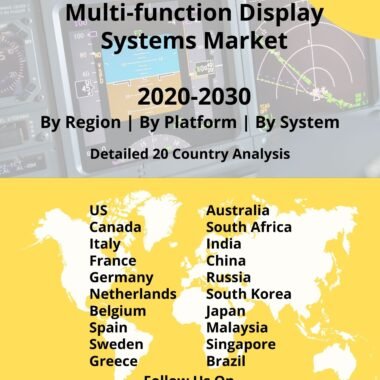Description
Shoulder-launched weapons are divided into two categories. The recoilless gun, which is simply an open-breech cannon, is the first. When the weapon is fired, the propellant gases are ejected from the back of the weapon, reducing the reaction force exerted by the projectile as it moves forward. The other type is the rocket-propelled grenade, which uses a small recoilless charge or compressed gas system to get the projectile out of the barrel and to a safe distance where the operator will not be injured by the rocket’s backblast; when the rocket ignites at a safe distance, it accelerates the projectile further or at least prevents it from decelerating in its trajectory.
Shoulder-launched weapons usually fire at one of two sorts of targets: ground or air targets. Ground-attack weapons come in a wide range of sorts and sizes, with smaller, unguided weapons employed for close-range warfare and larger, guided systems utilised over longer ranges. The majority of these weapons are intended for anti-tank combat, but they can also be used against structures, and a handful of weapons have been developed expressly for this purpose. Small surface-to-air missiles known as man-portable air-defense systems (MANPADS) are anti-aircraft weapons. Infrared homing weapons are primarily employed to target helicopters, unmanned aerial vehicles, and other low-flying fixed-wing aircraft.
MANPADS are low-cost, light, small, and mobile weapons designed to be carried and deployed quickly by ground forces. They only require a single operator to operate and can be quite effective against low-flying or slow-flying aircraft. Iraq’s anti-aircraft weapons, including MANPADS and anti-aircraft artillery, were among the most effective in the 1991 Gulf War. Terrorist groups and insurgents are drawn to MANPADS for the same reasons that military find them useful on the battlefield. In a number of reported incidents, they have been utilised in terrorist strikes against commercial aircraft targets, and they have been deployed as effective asymmetrical warfare weapons in Afghanistan and Iraq.
Terrorist organizations have easy access to shoulder-fired missiles, which are widely used. Shoulder-fired missiles have proven to be a substantial threat to civilian aircraft in the past. The attempted shooting down of an Israeli jet airliner in Kenya demonstrated that terrorist groups were capable and determined to carry out such an act, drawing the attention of US policymakers. While there are several options for reducing the threat of shoulder-fired missiles to civil aircraft, no single technique can provide both a readily available and highly effective deterrent.
In August 2020, it was reported that Indian military stationed personnel armed with shoulder-fired air defence missiles on strategic heights in Eastern Ladakh in response to the presence of Chinese attack helicopters in the area. These missiles have a range of two to five kilometers and can take out low-flying aircrafts. The deployment of a large number of troops with shoulder-fired missiles was part of India’s larger strategy to considerably increase the Army and Indian Air Force’s combat capabilities in eastern Ladakh.
In February 2021, Iran launched assembly lines for man-portable missiles as well as a solid fuel manufacturing centre. Shoulder-launched missiles produced at this plant is expected to be available in a variety of configurations, with a range of roughly 5 kilometers and the ability to counter a variety of targets. Using sophisticated technology in the fields of optics, guidance, and control, the production lines can meet the operational needs of the armed services. As the United States implemented sanctions to restrict Tehran’s arms programmes, Iranian military experts have domestically developed a wide spectrum of equipment, making the armed forces self-sufficient in the armaments field.
In recent years, the US Army’s weapon modifications have centred on the Next Generation Squad Weapon, which will eventually replace both the M4 and the M249 Squad Automatic Weapon. The US Army is working to improve hand grenades and shoulder-fired missiles as a result of increasing firepower on all sides and more threats to deal with than ever before.
The M141 Bunker Defeat Munition, a disposable, single-shot, 83mm rocket that can take down field defenses like bunkers and urban buildings, is already available to US military. It features 8-inch reinforced concrete walls as well as 12-inch triple brick walls. The M72 Light Anti-Armor Weapon, or LAW, is a disposable 66mm rocket that has been in service since the early 1960s, as well as updated variations of the 84mm, single shot, expendable, unguided anti-tank weapon, the AT-4. The US Army intends to have a single shoulder-fired missile that can neutralize all of the threats that the old trio of rocket options could tackle within the next seven years. Soldiers will be able to fire the Individual Assault Munition from a tight space, strike numerous targets, have a higher hit probability and lethality, reach the longest ranges of current rockets, roughly 500 metres, and achieve all of this while weighing less than 15 pounds.




